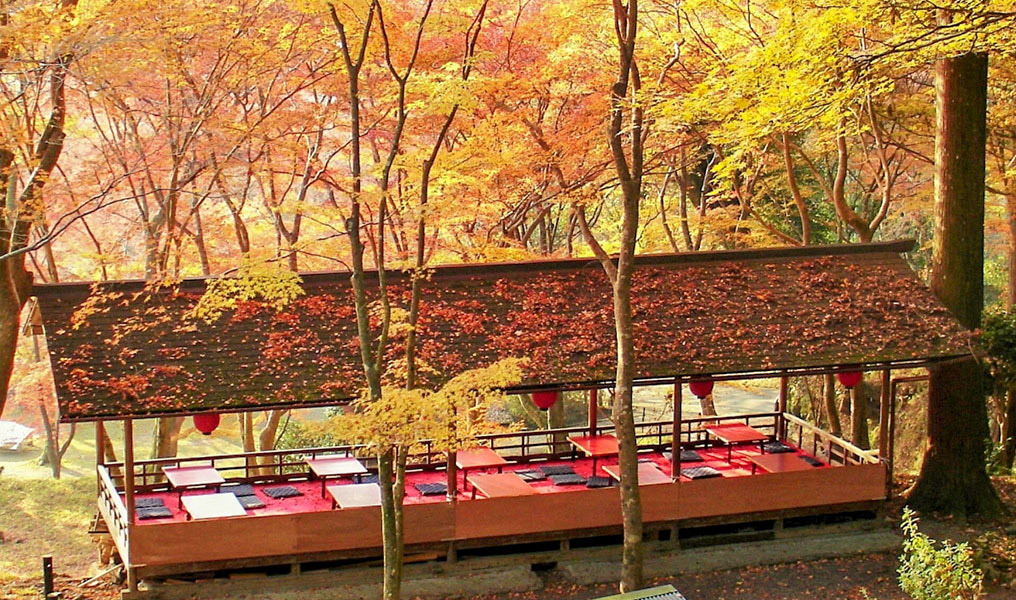Introduction
Takao is a tranquil valley north of Kyoto, home to three historic temples nestled in lush forests. This secluded area offers a perfect escape from urban bustle, ideal for experiencing traditional Japanese culture and natural beauty. While worth visiting year-round, Takao is most spectacular in autumn when fall colors peak, typically around mid-November.
Key Information
- Location: About 1 hour north of central Kyoto
- Main attractions: Kozanji, Jingoji, and Saimyoji Temples
- Best time to visit: Autumn (mid-November)
- Access: JR buses or Kyoto City buses
- Suitable for: Culture enthusiasts, nature lovers, photographers
Historical Background
Takao’s history dates back to the 8th century. Kozanji Temple, founded in 774, is one of Japan’s oldest temples. Jingoji and Saimyoji also boast long histories, established during the Jogan era (859-877) and Heian period (794-1185) respectively. These temples are not only important religious sites but also repositories of Japanese art and culture.
Main Attractions
Kozanji Temple
Kozanji, a UNESCO World Heritage site, is renowned for its unique cultural contributions. It houses what’s considered Japan’s first manga – the Choju Giga scrolls, satirizing Heian court life through animal caricatures. Additionally, Kozanji is believed to be the birthplace of tea cultivation in Japan, with a recently restored original tea plantation open to visitors.
Jingoji Temple
Jingoji is Takao’s most visited temple. A long stone staircase leads to the temple, offering an impressive albeit tiring approach. The temple grounds feature a grand entrance gate, multiple halls, and a path to an observation point overlooking the valley. Visitors can purchase small clay discs inscribed with wishes to throw into the valley for good luck.
Saimyoji Temple
Originally a sub-temple of Jingoji, Saimyoji may be smaller but is still worth exploring. The vermilion Shigetsukyo Bridge leading to the temple entrance is a particularly famous sight, spanning a river in picturesque fashion.
Best Time to Visit
Takao is beautiful year-round, but autumn (late October to mid-November) is the prime season. The surrounding forests don vibrant red and gold hues, creating breathtaking scenery. Spring (late March to early April) is also lovely when cherry blossoms bloom.
Getting There
- From Kyoto Station: JR buses run every 20-30 minutes, costing 230 yen one-way, with a journey time of about 50 minutes.
- From Shijo-Karasuma: Kyoto City Bus number 8 departs every 30-60 minutes, costing 230 yen one-way, taking about 45 minutes.
- In the Takao area, buses stop at Takao (for Jingoji and Saimyoji) and terminate at Toganoo (for Kozanji).
Hours and Admission
- Jingoji: 9:00-16:00, open daily, 1000 yen admission
- Saimyoji: 9:00-17:00 (last entry 16:30), closed Dec 31-Jan 1, 500 yen admission
- Kozanji: 8:30-17:00, open daily, free grounds access, 1000 yen to view the “first manga” scroll (500 yen entrance fee during autumn)
Visitor Tips
- Wear comfortable shoes and be prepared for stairs.
- Bring sufficient cash as many places don’t accept credit cards.
- Respect the environment and maintain silence in temple areas.
- Book accommodations in advance for autumn and spring visits.
- Adhere to temple photography guidelines.
Official Websites
Conclusion
Takao offers a unique blend of natural beauty, history, and religious tradition. Whether you’re seeking autumn foliage, exploring Japanese Buddhist culture, or simply escaping the city, Takao promises an unforgettable experience. Don’t miss this hidden gem in Kyoto’s forests.
